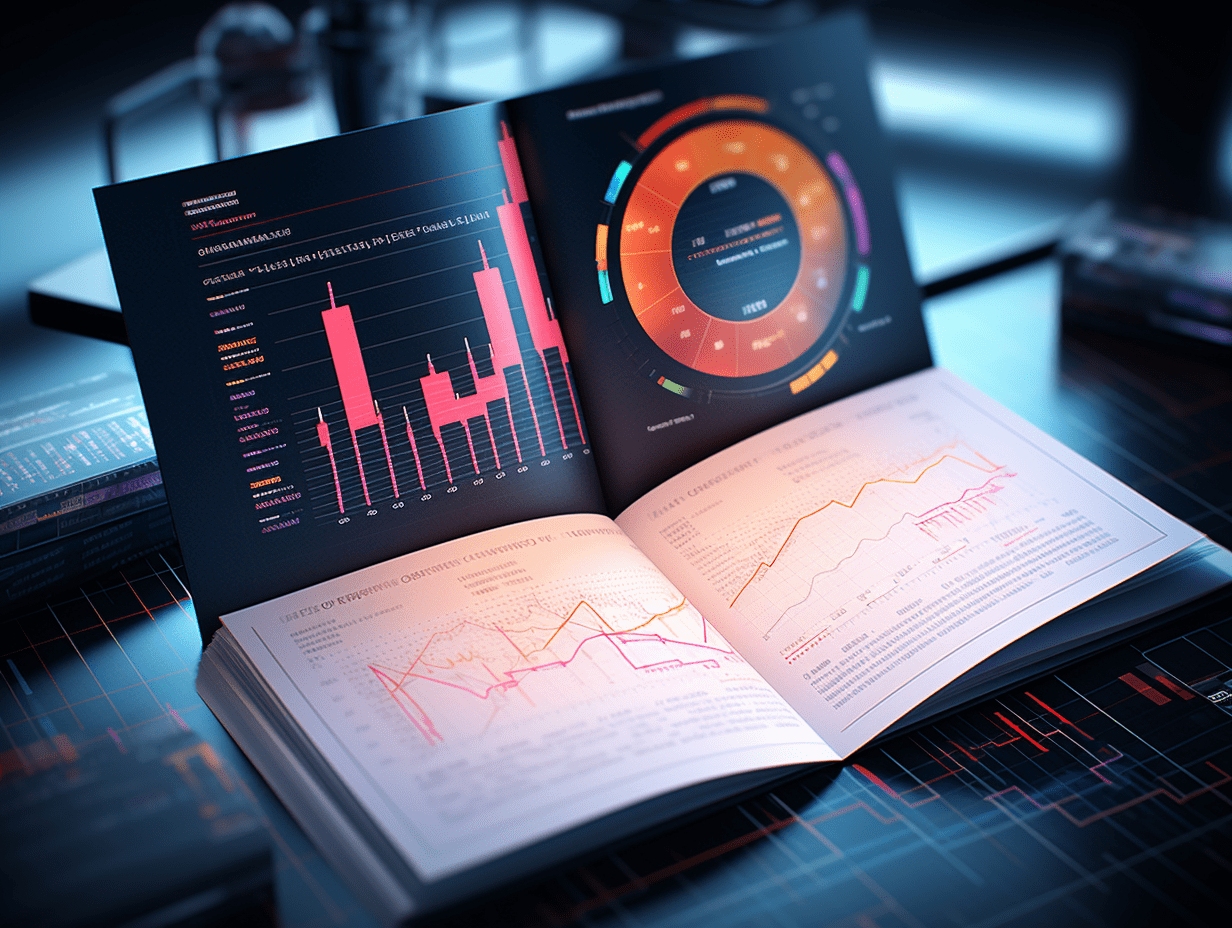
DeepSeek emerges, from being one of the seven giants in the US stock market "bull market engine" to becoming the "bear market catalyst"?
Warning signal, even though the stock index is hovering near historic highs, with the added concerns of tariffs and the Fed maintaining high interest rates in the long term, this situation may bring more risks."In the past nearly three months, the consolidation and volatility of the US stock market has covered up the significant increase in the volatility of individual stocks," said Matt Maley, Chief Market Strategist at Miller Tabak + Co. in an email. "When you combine this with higher long-term US Treasury yields and concerns about Trump's tariffs, it creates a more uncertain and tense atmosphere than usual when the market is near historical highs."
Is a "brutal bear market" similar to the bursting of the internet bubble about to descend on the US stock market?
Last month, as the low-cost Chinese AI large model DeepSeek appeared astonishingly, it sparked a wave of intense selling of large tech stocks led by Nvidia, with 70 stocks in the S&P 500 index experiencing stock price volatility reaching three standard deviations or more in range, indicating that these volatilities may cluster and trigger a broader reaction in the US stock market.
"The shock wave of DeepSeek shows how a catalyst can cause the seven giants to undergo intense volatility, and how the seven giants can drive more widespread stock volatility. We also saw a similar clustering effect during the bursting of the internet bubble," said Nitin Sachse of Bank of America, Head of US Stock Derivatives Research, in a phone interview.
The vulnerability of the US stock market began to surge last year, with stocks of mega-cap companies like Nvidia and Tesla experiencing sharp volatility due to earnings reports, leading to a stock market correction. This trend continued into 2025, but has now become more intense and widespread with the arrival of DeepSeek.
This year, traditional US tech giant IBM saw a sharp volatility of around 14 standard deviations due to lower-than-expected earnings, leading to a significant volatility in the S&P 500 index on the same day, marking the largest scale of volatility in the top 50 companies in the S&P 500 index so far this year.
Stock prices of US pharmaceutical giant Merck and tobacco giant Philip Morris International also experienced significant volatility - the second largest negative and second largest positive volatility respectively this year, indicating that vulnerability is spreading to other corners of the market.
High vulnerability will eventually impact the entire market, as the largest outliers, including tech giants, make up a significant portion of benchmark indices. For investors, especially those looking to continue holding tech stocks for the long term, this means they may need to include more low-volatility stocks in their portfolios, potentially leading to continued selling of overvalued tech stocks like Nvidia, which will undoubtedly push down the seven giants with high weights and other overvalued large tech stocks, pulling the S&P 500 index into a bear market.
According to the latest statistics from Bloomberg Intelligence, low-volatility tech stocks in the broad-based Russell 1000 index have outperformed high-volatility tech stocks.
Since the beginning of 2024, Bloomberg Intelligence's so-called low volatility factors, including tech stocks with the lowest standard deviation in daily investment returns over the past 6 and 12 months, have grown significantly by 22%, while the high volatility group has only increased by 10%.
Scott Rubner, a strategist at Goldman Sachs who successfully predicted the selling wave last summer, recently warned that the US stock market is about to enter a new round of selling. Rubner emphasized that current market participants are becoming saturated, and the buying motivation on dips is weakening. "Everyone is already in, including retail traders, 401(k) fund inflows, early-year asset allocations, and corporate funds," he said. "The dynamics of fund demand are changing rapidly, and we are approaching a seasonally negative phase."
"What I am most convinced of is that the strong ability to buy on dips is weakening," Rubner said. In the slowing demand "list" listed by Rubner, the downside risk for trend followers is particularly prominent. "If the market falls, these CTA strategies are expected to sell about $61 billion worth of US stocks in the next month, while in a bullish scenario, the buying volume is only about $10 billion."
RECOMMEND
©️2013 - 2025 GMT EIGHT Holdings. All Rights Reserved.
Contact: contact@gmteight.com


